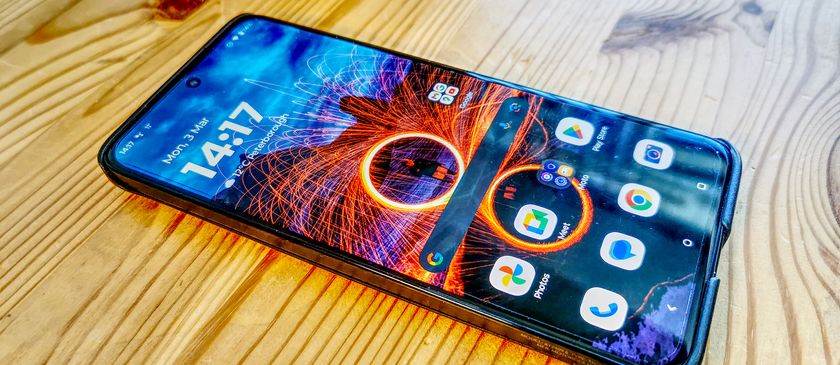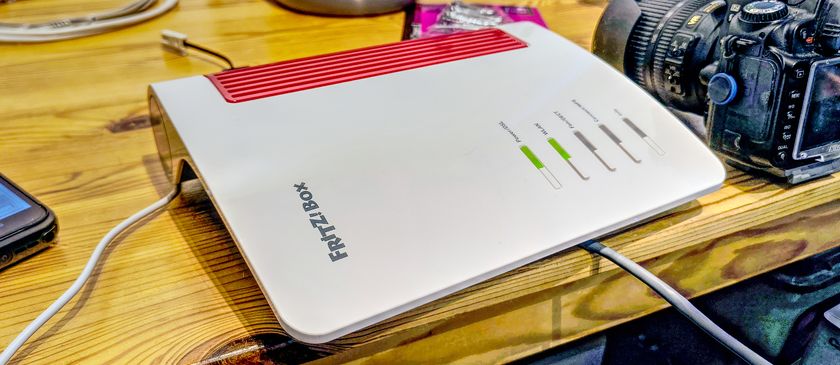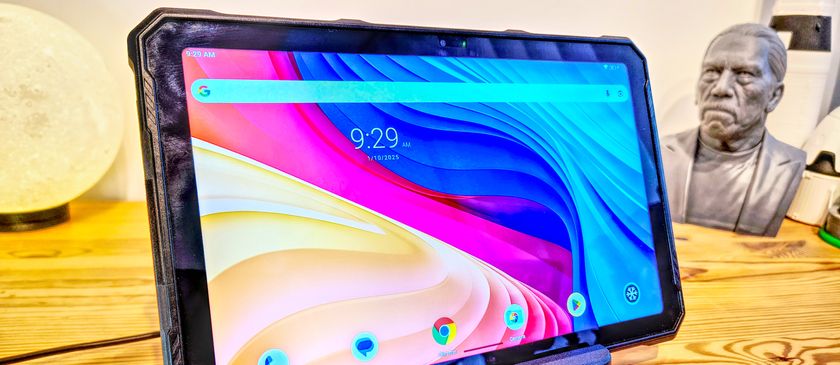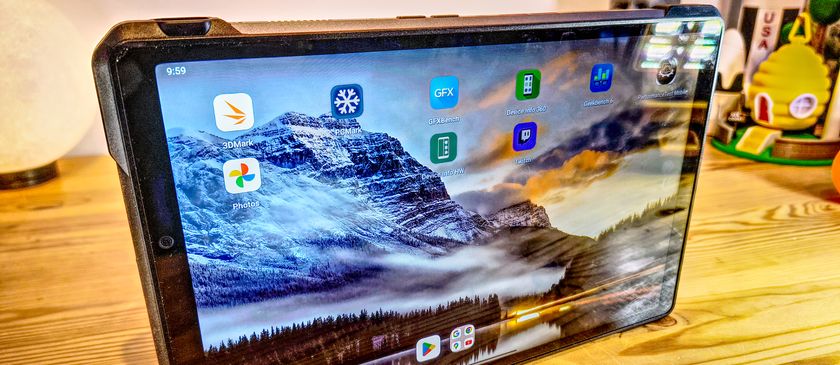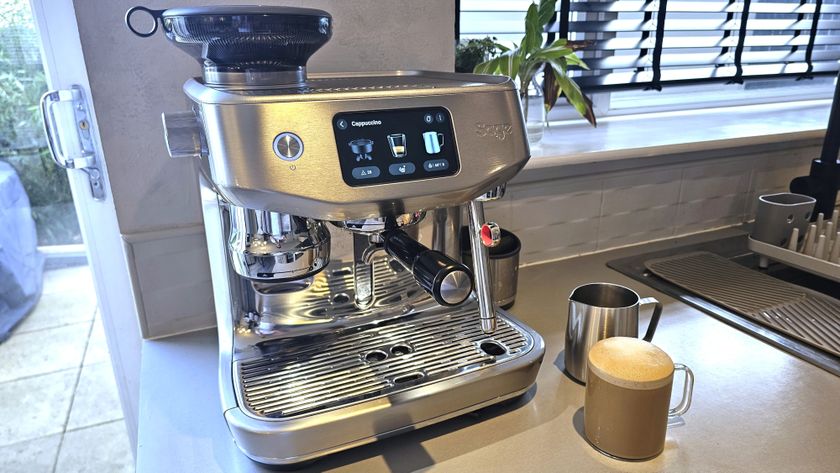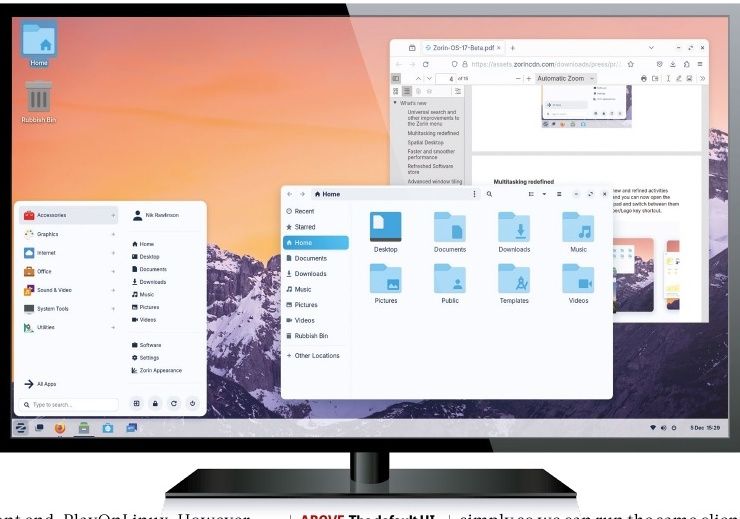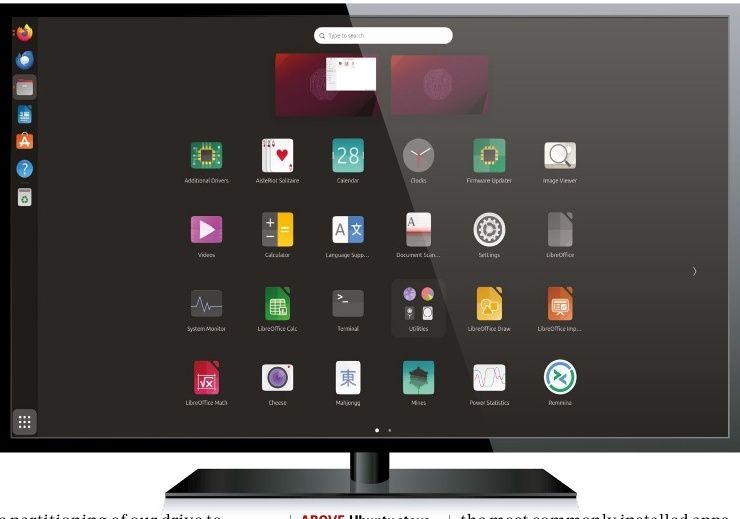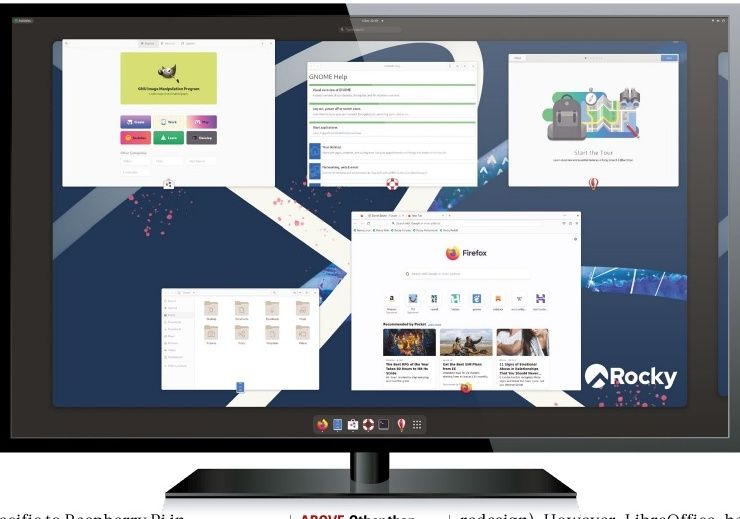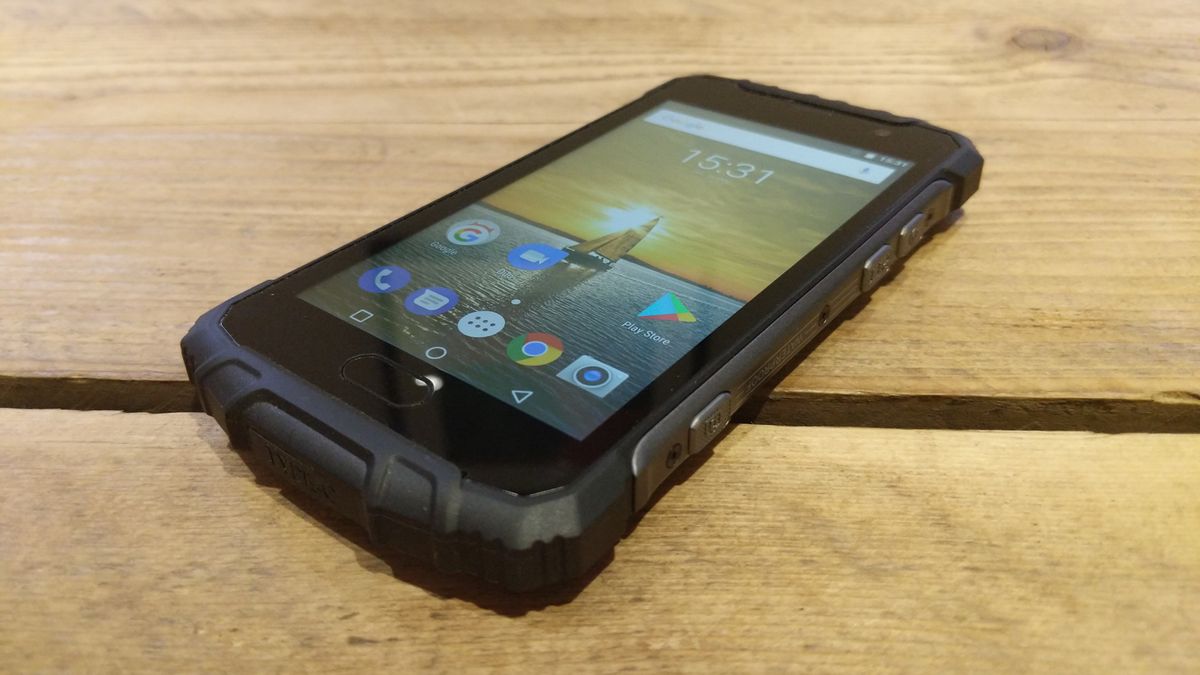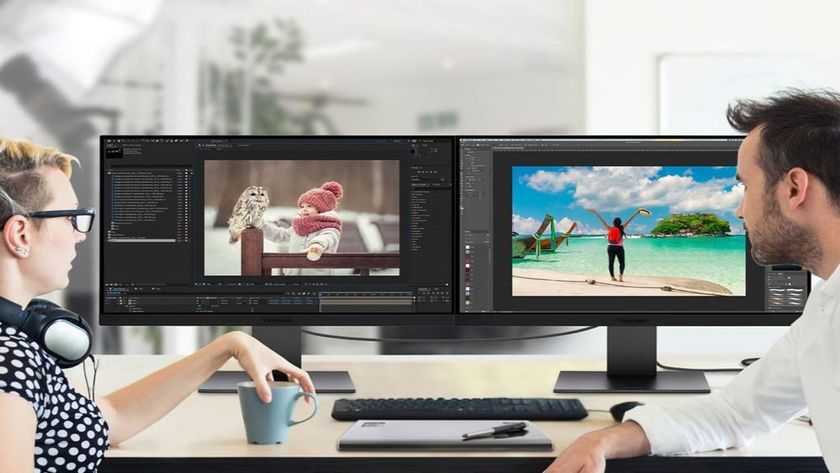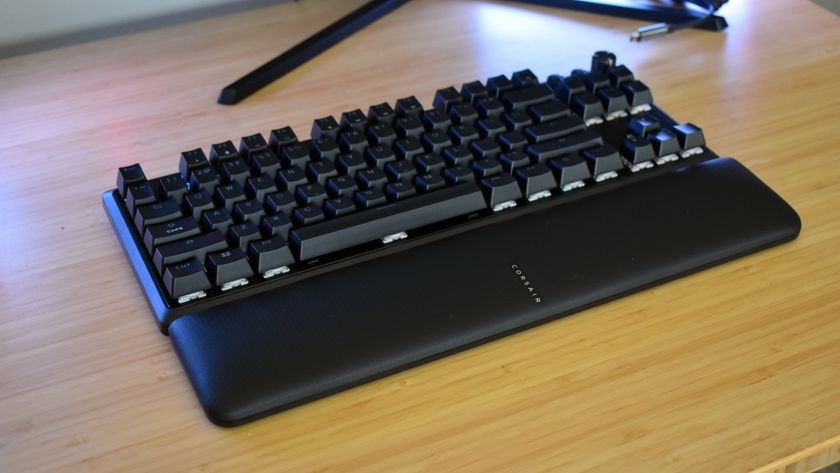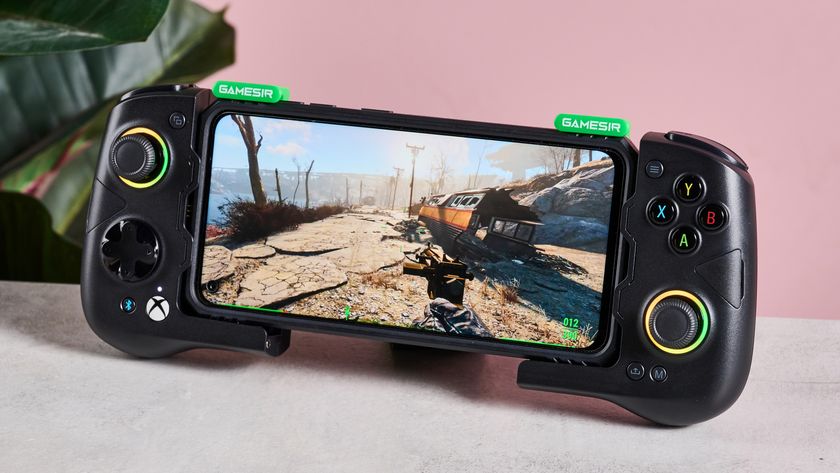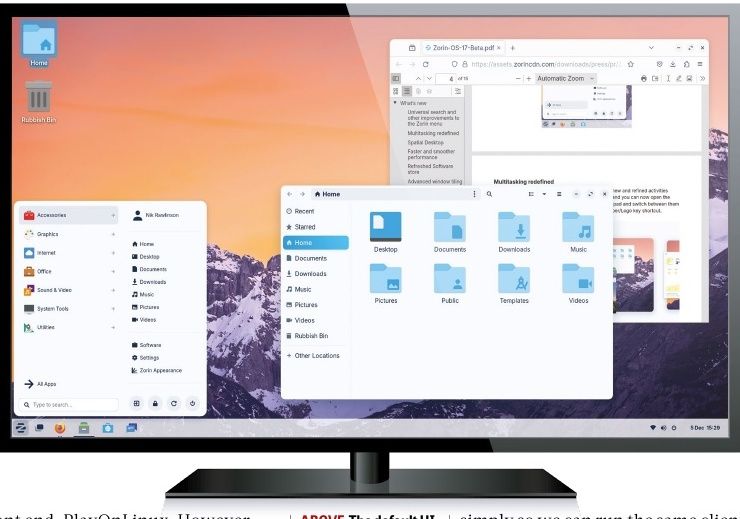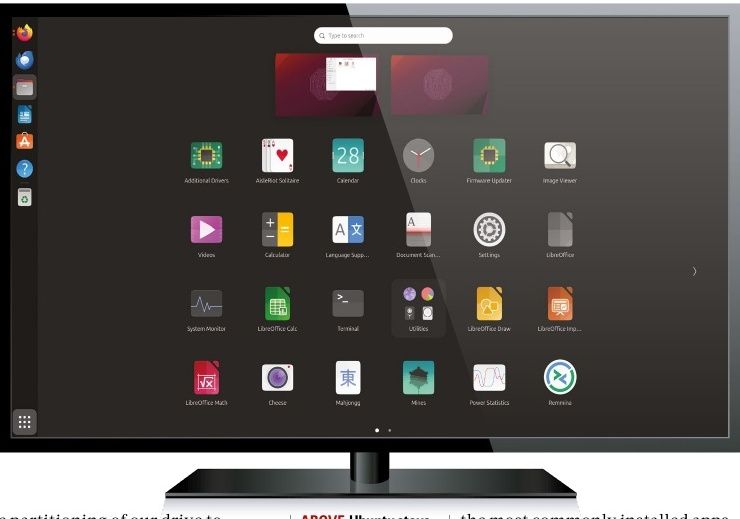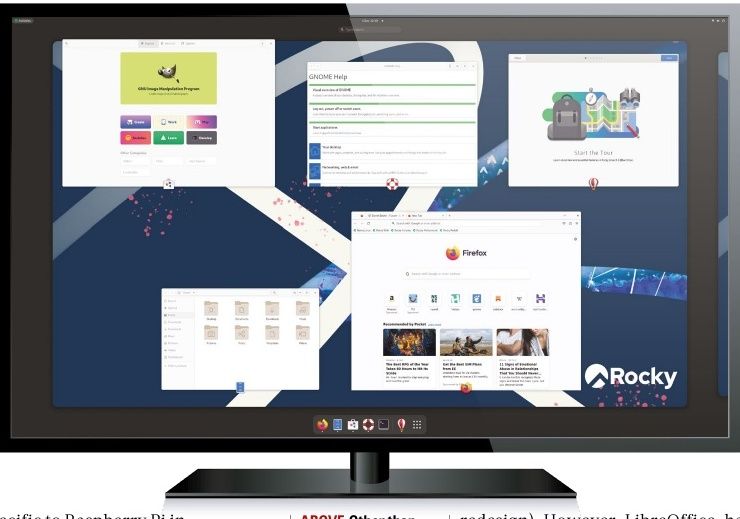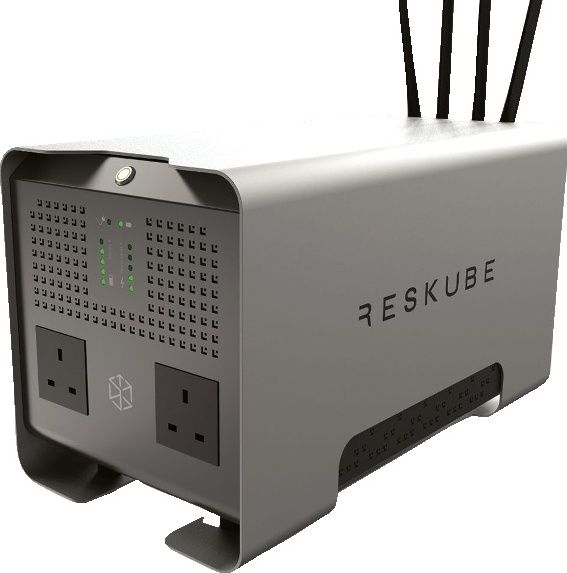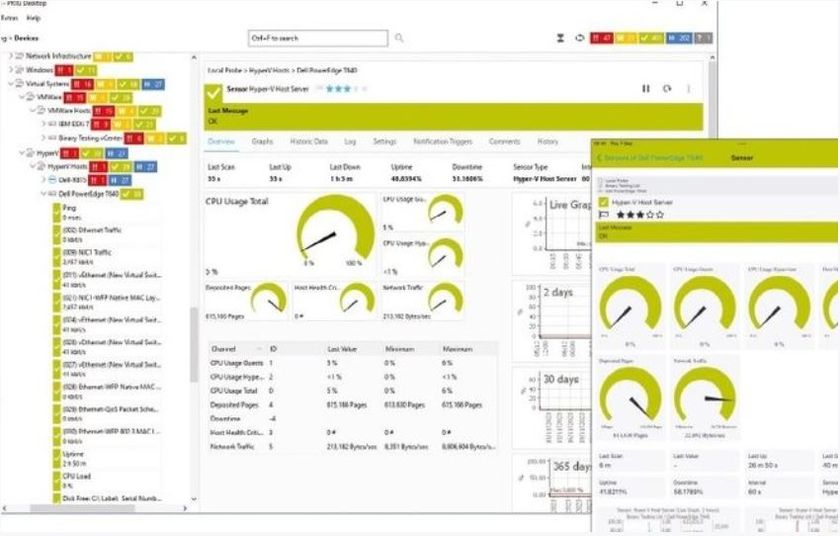TechRadar Verdict
The Ulefone Armor 2 has all the hallmarks of a great rugged phone. It packs a decent performance punch, and should sustain a reasonable amount of daily abuse without any problems.
Pros
- +
Great value for money
- +
Good hardware spec
- +
Solidly built
Cons
- -
Slotted screws on the rear are fiddly
- -
Can only use one SIM card when using microSD
Why you can trust TechRadar
We last had an Ulefone smartphone land on our desk just over a year ago. The original Armor – which is still on sale – made a good impression as it combined a great feature set with plenty of storage, a nice size, and decent value for money that made it a good candidate for the entry-level end of the spectrum.
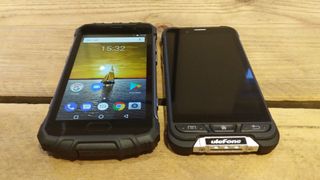
Online Chinese retailer, Gearbest, sells the Ulefone Armor 2 for just over £178 ($250) in gray, while AliExpress has it in stock for a whisker below £200 ($280) at the time of writing, either in gold or gray finish. Note that, while this price includes delivery, it is exclusive of any taxes that may be levied by HMRC or the courier companies on behalf of the vendor. Want to buy tech from online Chinese retailers? Read this first.
However, with the new Armor 2, Ulefone is challenging the other end of the market with a specification list that pitches it against the finest IP68-capable rugged smartphones: the AGM X2, Doogee S60, Blackview BV9000 Pro (and its variants), the Nomu S30, and Cat S41.
Design
The Armor 2 is far bigger than its predecessor at 159 x 78 x 14.5mm, with a weight of 265g (check out both models next to each other in the pictures above and below).
Ulefone kept the industrial design, seamlessly blending hard rubber plastic (TPU and polycarbonate) with metal parts throughout. Gone is the shiny metal finish and in comes a more subtle gunmetal finish that is common on rival handsets as well (the BV9000 Pro notably).
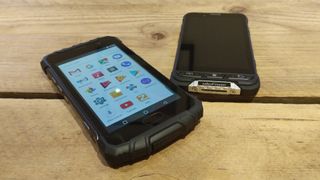
It’s not only built like a tank but it also resembles one (albeit not literally). The assemblage of parts is particularly visible at the back where this phone combines various textures to deliver something that is radically different from the first-generation Armor.
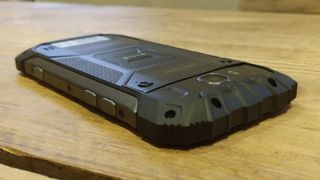
The phone has a grand total of six physical buttons, three on each side: there are two volume buttons and SOS on one side, with PTT (push-to-talk), power and a dedicated camera button on the other. There’s a single capacitive touchscreen on the front facia that acts as a fingerprint sensor as well, and the only connector – a USB Type-C port – is hidden behind a flap at the bottom of the device.
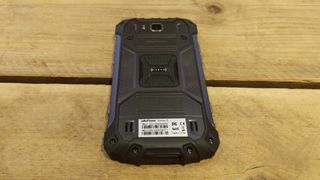
Like the Armor, the Armor 2 hides its SIM cards and memory card slot behind a cover that can only be accessed by removing two slotted screws (which isn't ideal as it can be fiddly to undo them). However, doing it this way means that the cards are less likely to be damaged by water entering via a loose rubber flap.
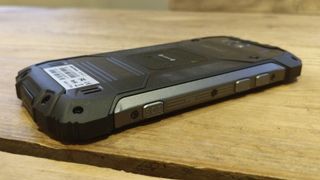
Engineers have added a “high-density macro-molecule coating” which we believe to have water repellent properties, and the device is waterproof (IP68 certified as mentioned earlier).
There’s a subtle Ulefone branding on the rear of the device and nothing on the front.
CPU: Mediatek MT6757 octa-core 2.6GHz
GPU: Mali-T880
RAM: 6GB
Storage: 64GB
Screen size: 5-inch
Resolution: 1920 x 1080
Weight: 265g
Dimensions: 159 x 78 x 14.5mm
Rear camera: 16MP
Front camera: 13MP
OS: Android Nougat 7.0
Battery: 4.7Ah
Specifications
Ulefone has employed a 5-inch Full HD display (protected by Corning Gorilla Glass) for the Armor 2, rather than a 4.7-inch HD screen as seen in the original, which explains why this sequel is a larger size.
Like so many flagship smartphones coming from mainland China, it uses a combination of a Mediatek MT6757 system-on-a-chip with a large dollop of system memory (6GB LPDDR4) and ‘only’ 64GB of storage. Note that it can do dual SIM standby but can only take one SIM with one microSD card. That’s a shame.
It runs a customized version of Android 7.0 with no confirmation from Ulefone that Oreo will come to the device. The rest of the specification includes Bluetooth 4.1, 802.11ac Wi-Fi, NFC, a 4700mAh battery that can be charged using an 18W (9V,2A) charger, a rear 16-megapixel camera, a 13-megapixel front-facing snapper and a bunch of sensors.
In use
The Ulefone Armor 2 delivered what was expected from it which came as no surprise given the quality of the components that it houses. The screen is sadly not oleophobic which means that it’s prone to fingerprint marks. It is bright enough to be used in direct sunlight and the viewing angles are more than decent.
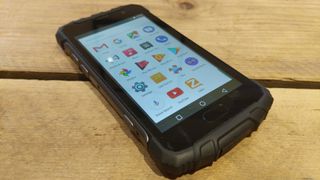
We loved the app toolkit that Ulefone bundles on the device, even if most of these bits of software can be had for free. There’s a pedometer and a heartrate monitor for health-conscious users, as well as a bubble level and a plumb bob for DIY’ers.
Here’s how the Ulefone Armor 2 performed in our benchmark tests:
Geekbench: 920 (single-core); 3,984 (multi-core); 2,655 (compute)
Antutu 3D: 3D Marooned: Failed; 3D Garden: Failed
Antutu: 60,870
PCMark (Work 2.0): 4,734
Passmark: 5,241
Passmark CPU: 126,067
Androbench (sequential): 257 (sequential read); 170 (sequential write)
Androbench (random): 58 (random read); 15.5 (random write)
3DMark Slingshot Extreme: 733
Outdoor workers and those who like to get lost in the wild may also appreciate the PTT button that allows you to communicate with co-workers or fellow explorers with that feature enabled on their devices. Also handy is a dedicated SOS button that can make emergency calls or send messages containing GPS information to designated contacts.
The phone’s IP68 rating seems to be sound, at least according to our brief real-life test: we dunked it in an aquarium without any harm to the electronics inside, and several drops from around 90cm high, onto a hard tile floor, didn’t cause any visible damage to the handset. More importantly, the USB Type-C flap didn’t come loose.
The competition
Put simply, there’s only one competitor at this price with the same hardware and it is the Blackview BV8000 Pro. The Armor 2 is a better beast altogether, though: it has a bigger battery, better front-facing camera, slightly improved SoC and NFC. The Vernee Active, which we have yet to review, the Blackview BV9000 Pro and the Doogee S60 are marginally better, but are far more expensive as well.
Final verdict
The Ulefone Armor 2 is one of a number of recently released rugged smartphones that offer significant upgrades over their predecessors at a very affordable price, far cheaper than either the S60 or the AGM X2. Somehow this handset still offers similar core components (a Mediatek Helio P25 octa-core CPU, 6GB of RAM and 64GB on-board storage).
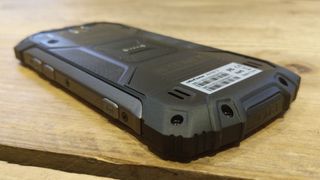
If you can live with the industrial design, then the Ulefone Armor 2 will prove to be a great rugged smartphone. It is affordable, packed with great components, and sports a reasonably recent version of Android.
On the downside, this phone’s battery capacity is slightly under par and there’s no audio connector, so you will need to use a converter. Like the S60, it is bundled with a virtual toolkit that contains a few tools, but there’s no sound level monitor.
- We’ve picked out the best rugged smartphones

Désiré has been musing and writing about technology during a career spanning four decades. He dabbled in website builders and web hosting when DHTML and frames were in vogue and started narrating about the impact of technology on society just before the start of the Y2K hysteria at the turn of the last millennium.


